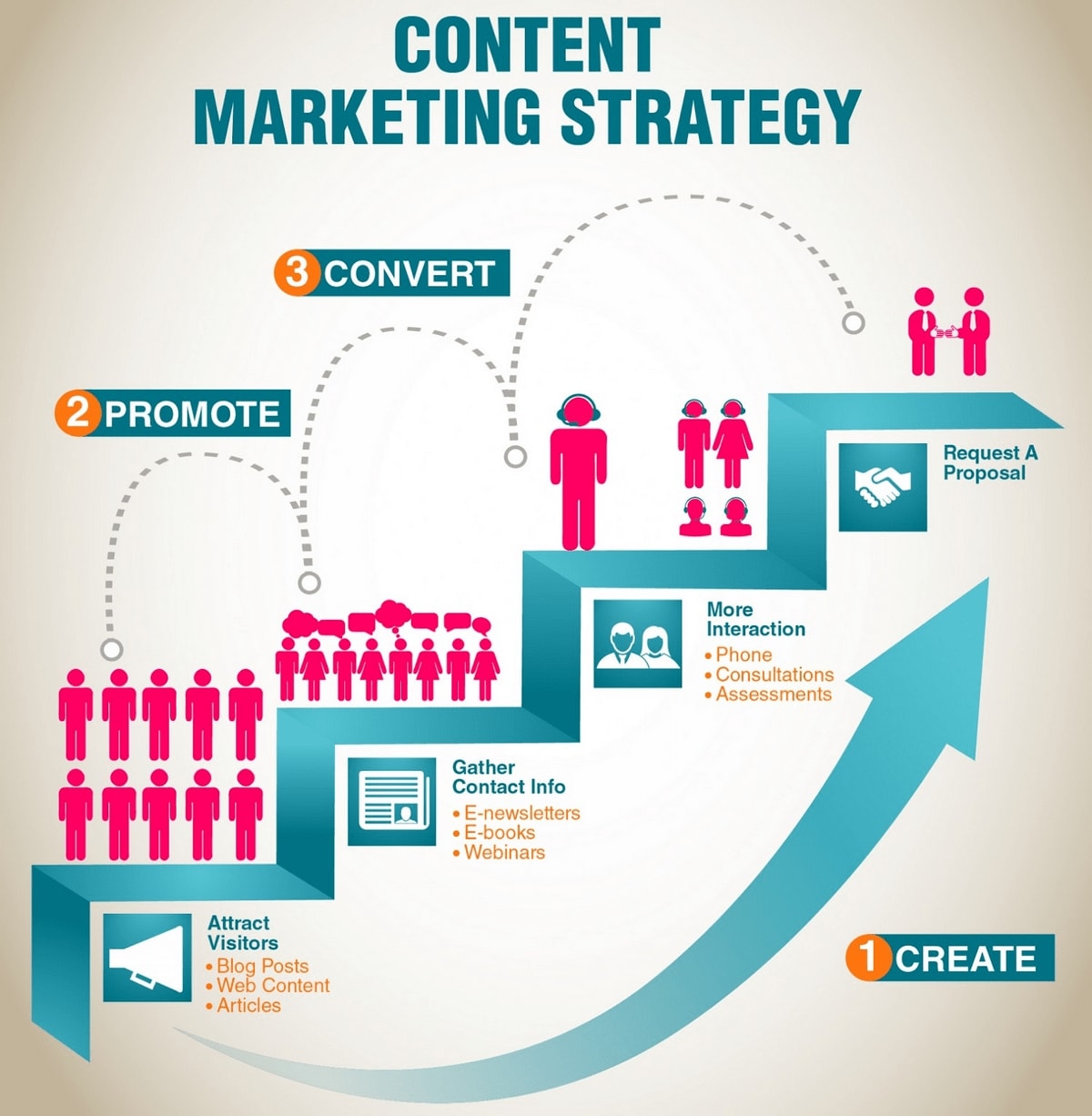
It is essential to measure the SEO performance of your SEO campaign in order to evaluate its ROI. This article will explain how to track and monitor the performance of your competitors. It includes conversion rates and backlinks. Google Analytics is one example of a free tool for SEO benchmarking. A paid SEO benchmarking tool is recommended if you wish to achieve the best results. SEO benchmarking has many benefits. SEO benchmarking is a great way to get the information you need, no matter what platform you use.
Measuring performance
If you are able to measure your SEO performance you can also compare it to other websites relevant to your topic. You can measure how much organic and unpaid traffic your website receives, as well as how long visitors spend on your page. Analyzing how long users stay on your site can help you determine if your content meets their needs. It is important to measure the user experience on your site. This is a measure of how easy it's to get lost while on your site.

Monitoring the performance of competitors
When benchmarking your SEO performance it is important to understand the competition first. Competitive analytics can give you information on everything, from keywords to link structure to what they are using. You can also gain insight into the pay-per -click and display advertising spending of your competitors, as well as their email spending and other performance indicators. In addition to spotting emerging market trends, you can use competitor data to create an action plan. These insights will help you gain an advantage over your competition and keep you ahead of the game.
Backlinks
You can use SEO benchmarking tools to help you compare your website with your competitors. This data can be used to help you understand the link building strategies of your competitors. This data can be used to determine the type of backlinks that your competitors have and if yours is as effective. By assessing the strength of your backlinks, you can determine which types of links are most beneficial for your business. This information can also be used to help you plan your content and landing page.
Conversion rates
You can see the conversion rates of your website to determine how it is performing. This can be done by drilling down on specific keywords and looking at the average time visitors spend on your webpages. Your bounce rate is another important metric you should track. This refers to the percentage of visitors leaving your pages without visiting other pages. Low bounce rates indicate that visitors are spending more time on your site and clicking around more.

Pageviews
Benchmarking pageviews can be a great way to gauge your SEO performance. Pageviews are an important metric because they indicate how much interest a visitor has in your website. Visitors who remain on a page for longer periods of time are more likely than others to convert into customers. Here are some ways to assess the success of SEO campaigns. It is essential to be familiar with the most common mistakes when benchmarking pageviews.
FAQ
Where can I find my keywords?
To find standard terms for your products or services, you will need to first consider the kind of products or customers you are offering. Once you have your list of phrases in hand, you can use Google Keyword Planner tools to identify the phrases people search for. Or you can go straight to search engines like Bing or Yahoo.
How do you start SEO on your website?
To get a Google listing, you must first understand what your customers are searching for. This guide will help you learn how to write content that gets ranked high by Google. Check out our other guides about content marketing.
To get started, you need to create a plan. Then think about which keywords you want. There are two types, broad keywords (like "digital Marketing") and specific keywords (like "seo".
The next step is to determine your goals, which could be increasing brand awareness, driving leads or sales.
Once you have defined your goals, it's time to begin writing content. We have some tips on how to write content for SEO here.
Once you've written your content, it's time for it to be published to your blog or website. This might mean updating your existing pages if you own a website. If you don't have a website, you will need to hire someone who can design one.
After publishing your content, link to it from relevant websites and blogs. This will make your content more visible and increase its exposure.
What are the best tools for on-page optimization?
Video embeds as well as image alt tags, structured markup and internal linking are some of the best tools to use for on-page search engine optimization. This article will provide more information about these issues.
What Should I Know About Backlinks
Backlinks refer to links linking to a webpage from another site. These links are one of the best tools search engines have to locate a website in the search results. They are particularly helpful as they demonstrate that someone else believes that your content has value. If you want to rank highly in search results, you'll need many quality backlinks.
Statistics
- And 90%+ of these backlinks cite a specific stat from my post: (backlinko.com)
- Deleting those 10k pages is one of the main reasons that he improved his site's organic traffic by nearly 90%: (backlinko.com)
- A 62.60% organic traffic boost to that page: (backlinko.com)
- Which led to a 70.43% boost in search engine traffic compared to the old version of the post: (backlinko.com)
- 93%of online experiences today begin on search engines. (marketinginsidergroup.com)
External Links
How To
How can I determine if my SEO is doing well?
There are many ways you can tell if your SEO efforts are successful.
-
Your bounce-rate should be below 30%. That means users must leave your page before they click on anything else. A high bounce rate indicates that your audience doesn't trust your brand or isn't interested in what you're selling.
-
Your site visitors visit many pages - this indicates that they are engaged with it and finding information useful.
-
Your conversion rate has improved - your customers are more aware of you product or service, and want to buy it.
-
Your site's average time is increasing. This means that people spend more time looking at your content.
-
People are searching more - this indicates that you're doing great in SEO.
-
You get more shares on Social Media - this indicates that your content has been shared by others and reaching audiences beyond your following.
-
Forums are receiving more comments - this is a sign that people respond positively and favorably to your work.
-
Increased engagement means more likes and tweets around your site, as well as shares, shares, likes and likes on posts.
-
Your rank in SERPs is rising, a sign that your hard work is paying off.
-
Your website is receiving more leads. This means people are finding you organically and are contacting your website.
-
Your sales are rising - this is a sign that people who found your website while searching for your services and products are buying them.
-
Your blog post receives more views/comments which indicates that people find your content informative and useful.
-
This will increase your subscribers to your email lists. It shows that people trust you enough for them to sign up to receive information about your business.
-
Sales are rising - this shows that people like you and your products so much that they are willing to pay for them.
-
You've gained more social network followers, which shows that your fans share your content with others and engage with your brand.
-
You are getting more PR mentions. This shows that journalists are talking online about your brand. This raises awareness of your company and helps to improve your reputation.
-
This means that your brand is being recommended more often.
-
Your customers will keep coming back to your site, which shows that they are satisfied with your work.
-
Your competitors are losing ground - this shows that they didn't invest as much money in their SEO campaigns as you, making them look bad.
-
Your brand image is changing. This indicates that your brand popularity is growing among a new customer base.